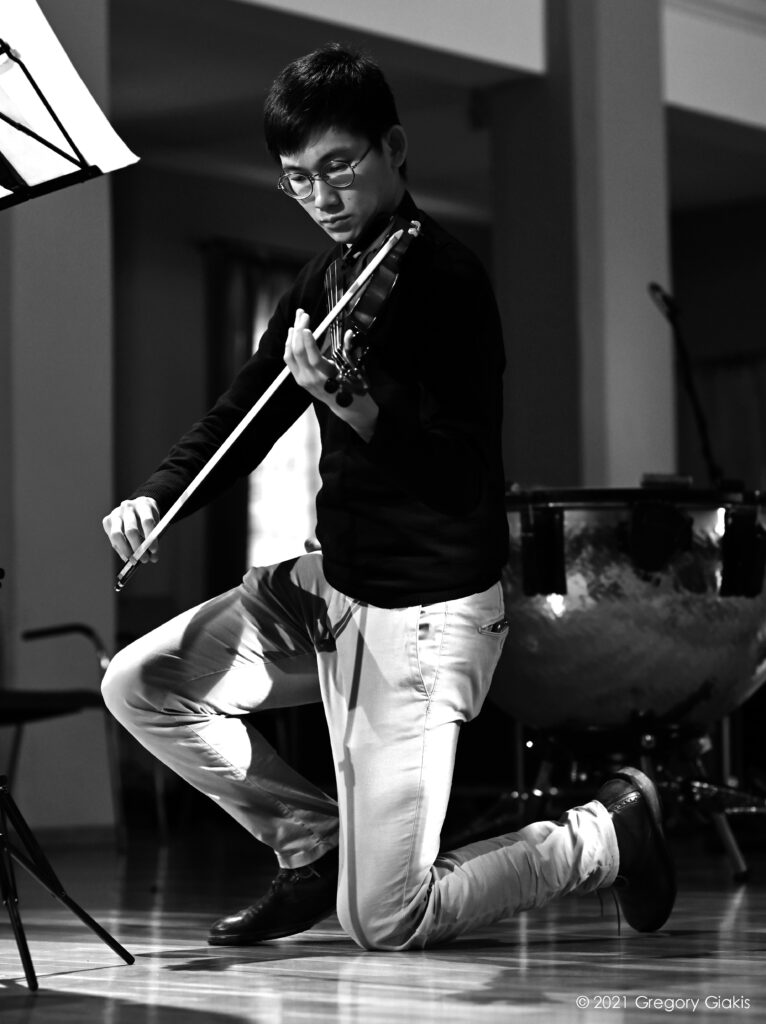
Doch zuvor sorgt die Uraufführung von “Thou Art With Me” der Zypriotin Christina Athinodorou für einen Ruhepunkt. Die Komponistin hat sich für das Werk von Psalm 23 inspirieren lassen und sich damit auf eine musikalische Suche nach einem neuen Blick auf Religion und Spiritualität begeben. Befragt wird dabei auch die Figur des Teufelsgeigers, denn das Stück ist mit einer Solo-Violine besetzt. Hochkonzentriert spürt der junge Geiger Lorenz Chen den vielschichtigen Klangbewegungen nach, gerade wenn sie sich aus dem “teuflischen” Intervall des Tritonus ergeben – die alte Musik sprach von dem instabilen Klang als dem “diabolus in musica” (Teufel in der Musik). Dass Athinodorous Komposition dem entgegensteht, zeigen nicht nur die meditativ-ätherischen, zärtlichen Töne, sondern auch die Demutsgeste im Zentrum des Stückes. Hier kniet der Interpret, ohne sein Spiel zu unterbrechen.
Von Paul Schäufele, Penzberg Sudetendeutsche Zeitun 19/10/2021
Photo: Gregory Gakis
En ouvrant la soirée avec une courte, mais agréable, composition contemporaine de Christina Athinodorou: «Votrys». Michel Egea, 27 July 2017, destimed.fr, L’Info des deux rives for Festival d’Aix-en-Provence
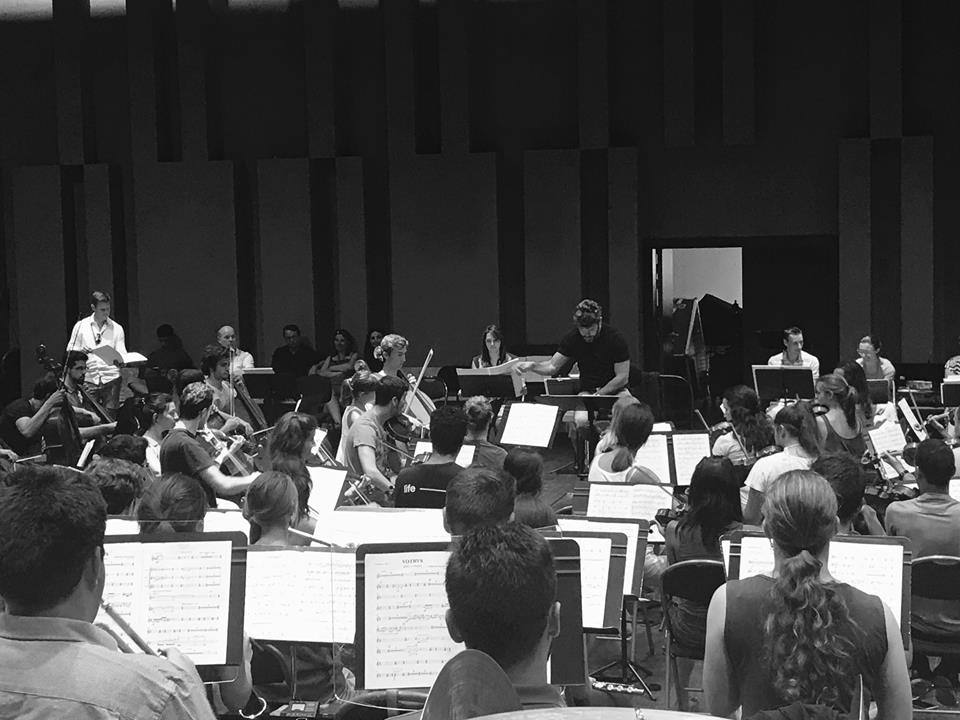

Jaetun toisen sijan saanut Christina Athinodoroun De l’âme oli tunnelmallinen ja oudon kiehtova sävellys. EMO Ensemblen nuorisokuoromainen, kevyt sointi sopi sen liverteisiin ja hiljaisiin nyansseihin. Sakari Hildén, Kulttuuti, Hämeen Sanomat, 17 November 2015, Finland

Of the others, most substantial and impressive were two very contrasting works for solo violin, Vanneschi’s Melopea ii and Athinodorou’s Aosmon. The former exploited extended techniques convincingly and the latter, a near half-hour work in a number of movements, did so too in a context which recalled the glories of nineteenth century violin playing, with gorgeous tone and avoidance of deliberate ‘ugliness’; if Dizdari had been wanting to sell her fine Cerruti (Cremona) instrument, Aosmon would have demonstrated its potential to perfection. Peter Grahame Woolf for the Notting Hill MayFest Musical Pointers May 2009
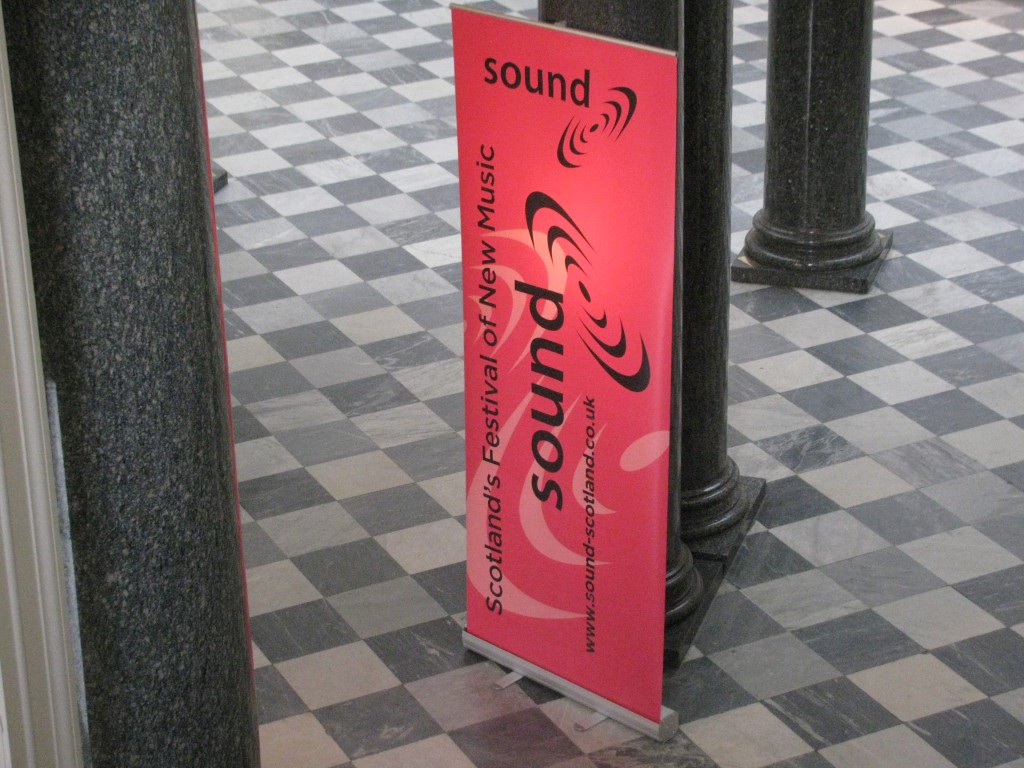
The first artwork was a metal vase Aqua Poesy VI by the Japanese Artist Hiroshi Suzuki. The vase on its outside was decorated with a pattern of vertical wavelike beaten indentations. This was what the first composer Christina Athinodorou, originally from Cyprus, had succeeded in conveying quite graphically in her piece for solo flute entitled Flut(t)eRings– note the significance of the way the title is written. It was a particular pleasure to welcome back a virtuoso of the flute who as Fiona Robertson said is by now to be regarded as a veteran sound performer Richard Craig. With his customary deceptive ease he employed a whole array of techniques in depicting the ripple patterns in the original artwork translated in such colourful detail into music by Christina Athinodorou. I was particularly impressed by how one of these effects was achieved by shaking the whole instrument without any loss of tone or continuity. Detailed control of dynamics was also employed to create a piece which like the artwork itself was purely abstract and yet which somehow also captured the solid existence of the vase. Alan Cooper, Music Critic, for the sound Festival, Aberdeen 2013
La grande découverte de la soirée fut cet Intermède, d’une durée d’environ 10 minutes, divisé en 5 mouvements relativement égaux de 2 minutes. S’inspirant de Beethoven, elle présente son œuvre en nous dévoilant que Beethoven n’avait jamais connu la mer mais l’avait souvent évoquée d’où le titre « pour une mer jamais vue ». Kim-Mai Le Service Culturel de Paris-Sorbonne
L’ Intermède pour une mer jamais vue, de Christina Athinodorou, vainqueur de l’édition 2013, s’intégrait parfaitement dans le programme Ludwig puisqu’il s’inspire de la surdité progressive du compositeur et du fait qu’il n’a jamais vu la mer de sa vie. La recherche musicale effectuée autour de ce thème est intéressante, et l’utilisation de toute l’étendue des nuances possibles évoque bien les reflux des vagues et la tempête intérieure que pouvait vivre Beethoven, perdant peu à peu son audition. Caroline Pigache Service Culturel de Paris-Sorbonne
Il y a eu aussi la création d’Intermède pour une mer jamais vue, une belle œuvre d’une jeune Chypriote, Christina Athinodorou, lauréate d’un concours de composition soutenu par Musique en Liberté. Benjamin Duvshani, Le mois du mélomane professionnel 1/3/2013 http://www.concertonet.com
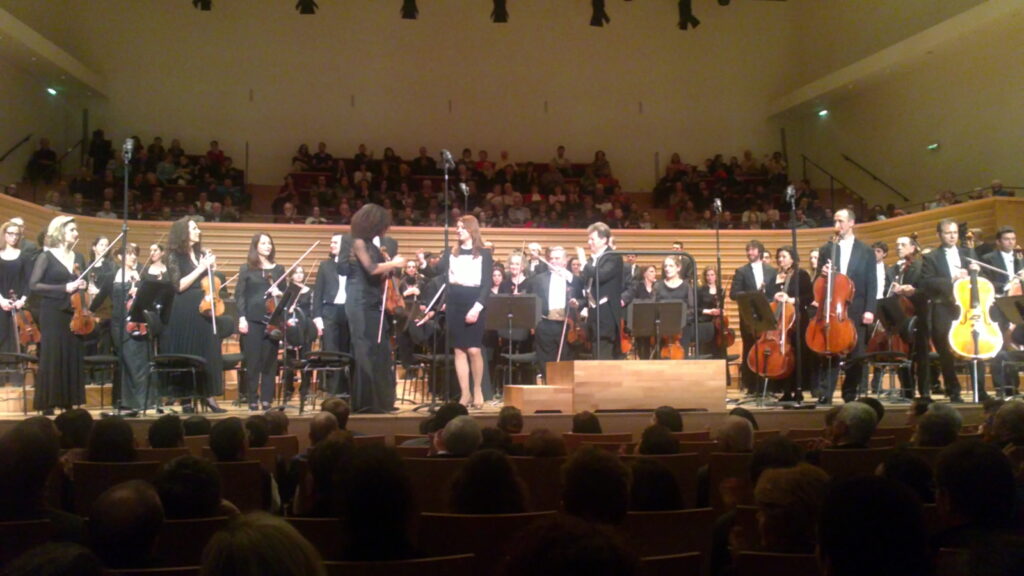
Απέδωσε την «εσωτερική μουσική» που βίωνε ο έχων προβλήματα ακοής Μπετόβεν σε 5 σαγηνευτικά, σύντομα μέρη μέσα από διαφορετικά δομημένα κρεσέντι, με πληθώρα αρμονικών ιριδισμών. Ευτύχιος Δ. Χωριατάκης 17/07/2014 Athinorama.gr, για το Intermède pour une mer jamais vue


Klawisze kompozycje Christiny Athinodorou i Michała Moca porywały bogactwem brzmień i pomysłami wykorzystania potężnych możliwości dźwiękowych akordeonu. U Athinodorou przebijały się echa estytyki swobodnej improwizacji. Glissando Magazine 20/10/2014 on Virgules ISCM World New Music Days 2014 Wrocław
…impresjonistyczny Virgules Christiny Athinodorou… Narodowe Forum Muzyki, ISCM World New Music Days 2014 Wrocław
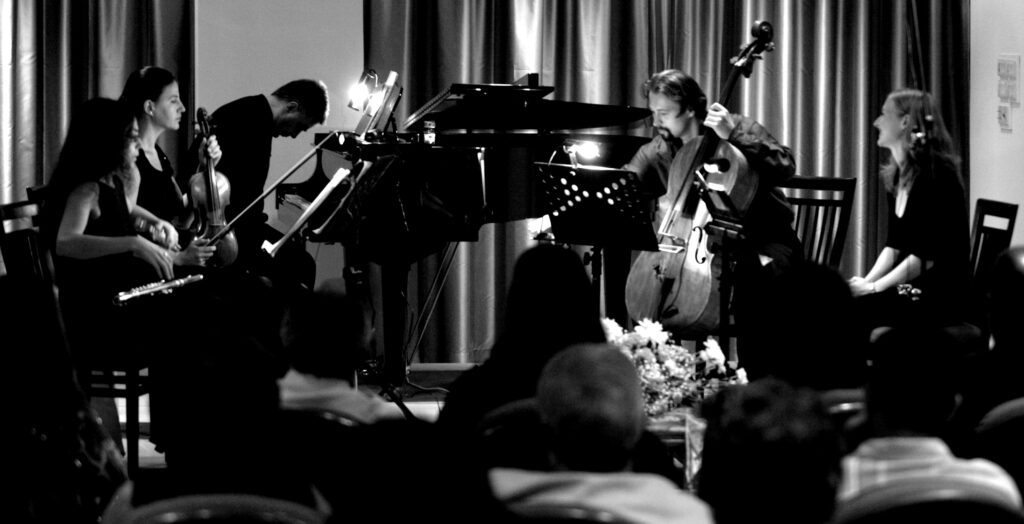
Pozornost’ skrhla aj zvukovo dravá Simul: Lumini, Sombri od piatej festivalovej skladetel’ky Christiny Athinodorou. Elena Letńatová, Kultúra 18th October 2006, Bratislava . Festival Forfest 2006
Photo: Christos Miltiades [The Pierrot Lunaire Ensemble performs in Paphos]

Я бы хотел несколько слов сказать о сочинении, которое получило только диплом это сочинение для альта и оркестра Христины Атинодору с Кипра. Мне это сочинение понравилось своей гармоничной некрасивостью. Мы обычно ищем красоту, но что такое красота никто не знает наверняка, это понятие относительное. В ее сочинении я почувствовал бунт, несогласие с обстоятельствами, и оно запало в душу, показалось интересным.
I would like to say few words about the composition that got the diploma. It is a composition for Viola And Orchestra [Alma, 2012 ] by Christina Athinodorou from Cyprus. I liked that composition because of its harmonic un-beauty (or imperfection). We usually search for beauty, but nobody knows for sure what beauty is. This is a very subjective term. In her composition I felt some riot, dissent from circumstances, and it fell into my soul, looked interesting to me. [kindly translated from Russian by M.Legostaeva]
Excerpt from Zygmunt Krauze’s Interview (ЗИГМУНТ КРАУЗЕ, композитор, профессор Академии музыки им. Шопена в Варшаве, президент Общества Витольда Лютославского) in “Газета Санкт-Петербургской консерватории No.2, 2012”
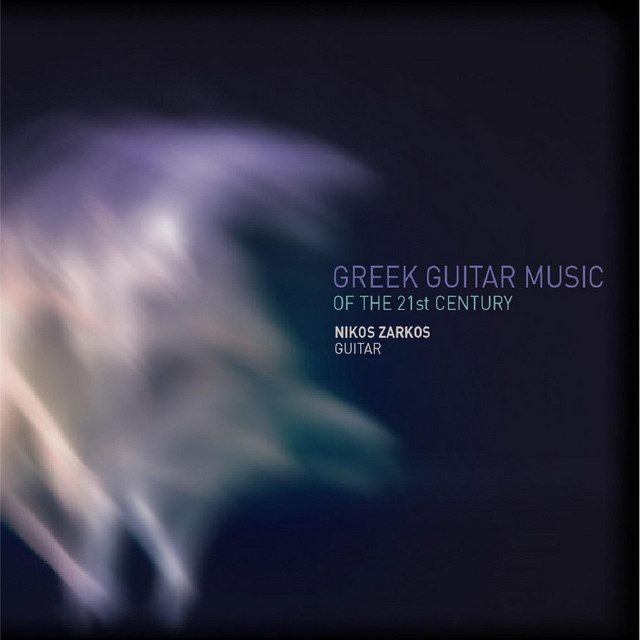
The opening piece is a five-movement work referring to the desire to escape from the hindered windows of reality. It opens with a short dramatic movement full of Bartok pizzicatos and plenty of percussive sounds, and the overriding feeling of the piece is one of desperation, anger and pent-up emotion. It is dramatic, very modern harmonically speaking and an ideal vehicle for any players of the sufficient standard. Chris Dumigan, Classical Guitar Magazine, June 2012 (from the review on the CD “Greek Guitar Music of the 21st Century”, Nikos Zarkos, Subways), for Wasted Window
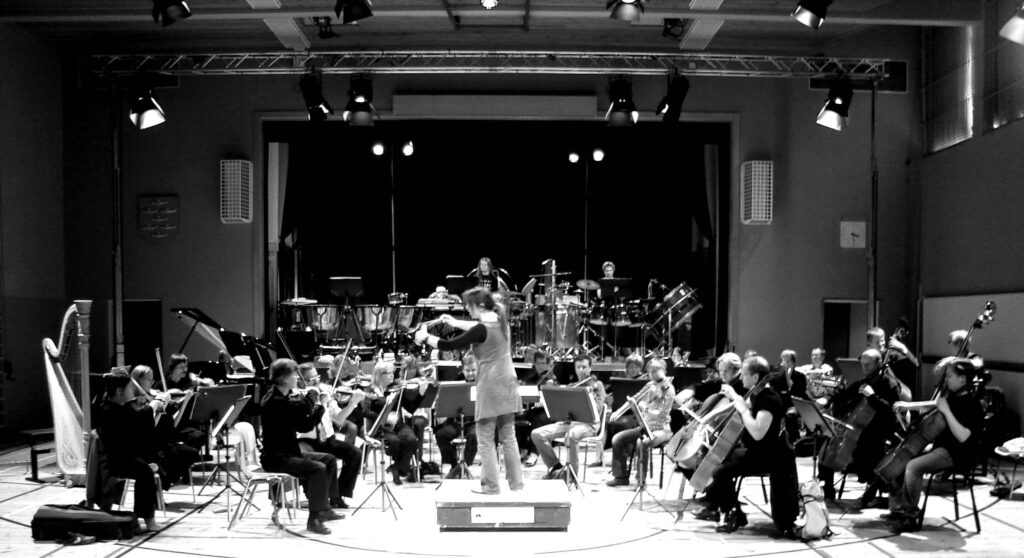
Quatre Silences, composed and conducted by Christina Athinodorou was a beautiful, solidly sounding package, comfortably yet intensively interpreted with a strong percussion ending by Hannu Leppänen. Athinodorou’s treatment of silence with musical language is fine and logical. (Transl.from Finnish) Janne Mäkinen, Keskisuomalainen 7th July 2008 for the Viitasaari Time of Music Festival, Finland
The longest piece of the entire concert was Overture for the Red Rain by Cypriot composer and conductor Christina Athinodorou which she conducted herself. The heavily-rhythmic work was well programmed and made good use of the strings with a fine cello passage in the centre of the piece. John Manning Herts Advertiser, U.K. 20/9/2007
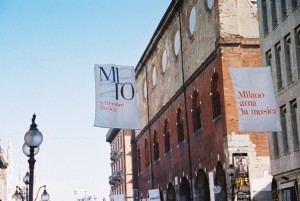
A seguire, la voce più giovane fra gli autori proposti, Christina Athinodorou che si rivolge alla tradizione per tracciare con la musica le linee della sua patria, Cipro, trasportando così lo spettatore in un’aurea mediterranea, dal sapore esotico. Antonella Zambelloni on Aktaí Le stridenti dissonanze della musica del MITO NuovaSesto Periodico 3/10/2008

Aktaí (2008) di Christina Athinodorou, lavoro sapiente che assorbe influenze dalla musica popolare greca. Il Corriere Musicale, 29 Settembre 2011
Ecco poi la dolcezza mediterranea di Aktaí della greca Christina Athinodorou. Franco Fayenz, Cultura Domenica,30 Settembre 2011 Biennale di Venezia
…le tradizioni, archetipi eterogenei per natura e distanza temporale: ab origine non può che stare la Grecia di Aktaí, opera di Christina Athinodorou, giovane compositrice cipriota, peraltro formatasi alla Guidhall School londinese e al Conservatorio di Lione, pregnante e misterica come liquido amniotico. Nicoletta Confalone, Art in Italy, 21/10/2011
Then it became more serious due to the delicate textures and bursts of the mediterranean, somewhat archaic climate of the work Aktaí by the Greek Christina Athinodorou. Krzysztof Kwiatkowksi, Ruch Muzyczny 30 October 2011
